Moss growth on a roof can be more than just an aesthetic issue. If left unchecked, it can damage shingles, cause water retention, and lead to costly repairs. Many homeowners and property managers know the basics of moss removal—such as using a stiff brush or applying a moss killer—but few are aware of the specialized tools that can make the job easier, safer, and more effective.
Understanding the right tools can not only streamline the process but also help prevent damage to your roofing materials. Here, we explore some unexpected yet highly useful tools that can make roof moss removal a more manageable task.
The Importance of Proper Moss Removal
Before diving into the tools, it is essential to understand why moss removal matters. While a moss-covered roof might look charming in a fairytale setting, in reality, it poses serious risks. Moss retains moisture, which can seep into shingles and compromise the structure of the roof. Additionally, during colder months, the moisture held by moss can freeze, leading to cracks and other structural issues.
If not dealt with properly, moss can spread quickly, especially in damp and shaded environments. This can shorten the lifespan of your roof and lead to expensive replacements. Having the right tools ensures that moss is removed effectively while minimizing potential damage to the roof itself.
The Surprising Tools That Can Help
Soft Wash System
Many homeowners assume that a pressure washer is the best way to get rid of moss, but high-pressure water can be too harsh for roofing materials, causing shingle damage. A soft wash system, which combines low-pressure water with a moss-killing solution, is a much safer alternative. It allows for a thorough cleaning without the risk of stripping away protective granules from shingles.
Roof Rake with Extension Pole
While a simple broom or brush might seem sufficient for removing moss, a roof rake with an adjustable extension pole makes the job significantly easier. It allows you to reach areas without climbing onto the roof, which enhances safety. The rake’s design is gentle on shingles and effectively removes moss while minimizing damage.
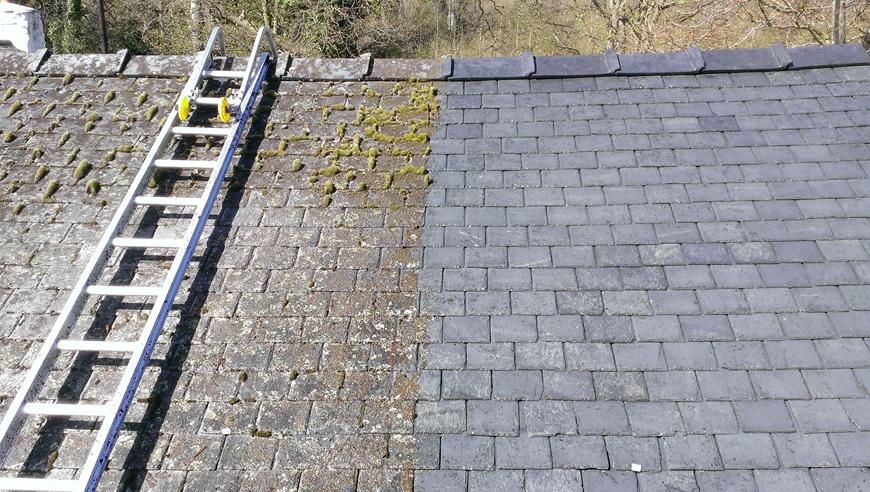
Copper or Zinc Strips
Though not a tool in the traditional sense, copper and zinc strips are highly effective in preventing moss from returning. When installed along the ridges of a roof, these strips release trace amounts of metal ions whenever it rains, creating an environment that discourages moss growth. While they do not remove existing moss, they are an excellent preventative measure that reduces the need for frequent cleanings.
Biodegradable Moss Killer
Chemical treatments are commonly used for moss removal, but not all products are created equal. Many contain harsh ingredients that can damage surrounding plants and pollute runoff water. A biodegradable moss killer is a better alternative, as it eliminates moss while being environmentally friendly. When combined with tools like a sprayer or soft wash system, it can make moss removal more efficient and sustainable.
Roof Safety Harness
Roof work always carries a degree of risk, especially if your home has a steep pitch. A roof safety harness is an invaluable tool that can prevent falls and serious injuries. Many people overlook the importance of personal protective equipment when tackling moss removal, but safety should always be a priority. Investing in a quality harness ensures that you can work confidently and securely.
Gutter Cleaning Scoop
Gutters play a crucial role in keeping a roof dry by channeling water away, but they often become clogged with moss, leaves, and other debris. A gutter cleaning scoop is a simple yet effective tool that allows you to clear out accumulated moss, improving drainage and preventing moisture buildup. Keeping gutters clean is an essential step in roof maintenance and helps prevent future moss growth.
Long-Handled Soft Bristle Brush
For those who prefer a manual approach, a long-handled soft bristle brush is one of the best tools for roof moss removal. Unlike hard-bristle brushes, which can damage roofing materials, soft bristles effectively remove moss without causing unnecessary wear and tear. The long handle allows you to reach difficult spots while minimizing the need to step onto the roof itself.
Preventing Moss from Returning
Removing moss is only half the battle. Without proper preventative measures, it will likely grow back in the same areas. In addition to using copper or zinc strips, trimming overhanging branches can help reduce shade and moisture retention, making it harder for moss to thrive. Regularly inspecting the roof and addressing small patches of moss before they spread can also save time and effort in the long run.
Keeping gutters clean, ensuring proper drainage, and applying moss-resistant treatments annually can further reduce the likelihood of regrowth. By combining these preventative measures with the right tools, homeowners can maintain a moss-free roof with minimal ongoing effort.
The Best Approach to Roof Moss Removal
Every roof is different, and the best approach to moss removal depends on factors such as roofing material, climate, and the severity of the moss infestation. While some homeowners may prefer to tackle the task themselves, professional moss removal services are also an option for those who want a thorough and efficient solution.
Regardless of the method chosen, using the right tools can make a significant difference in both effectiveness and safety. Rather than relying solely on traditional scrubbing techniques, incorporating tools like a soft wash system, extension poles, and safety harnesses can lead to better results while reducing the risk of damage and injury.
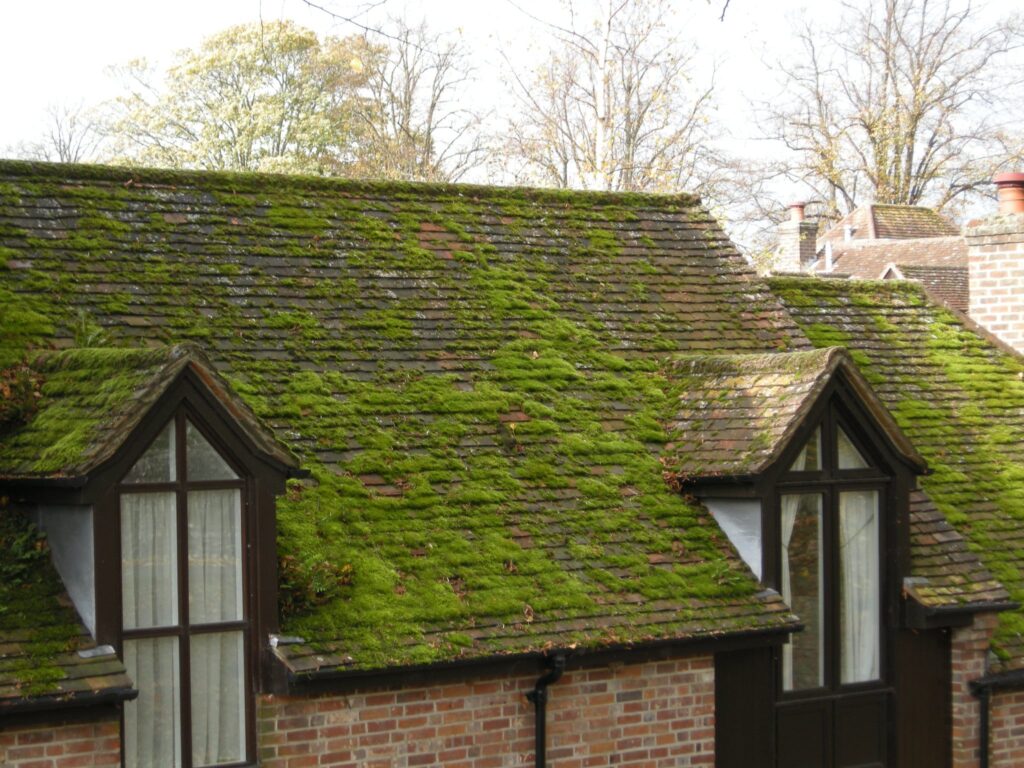
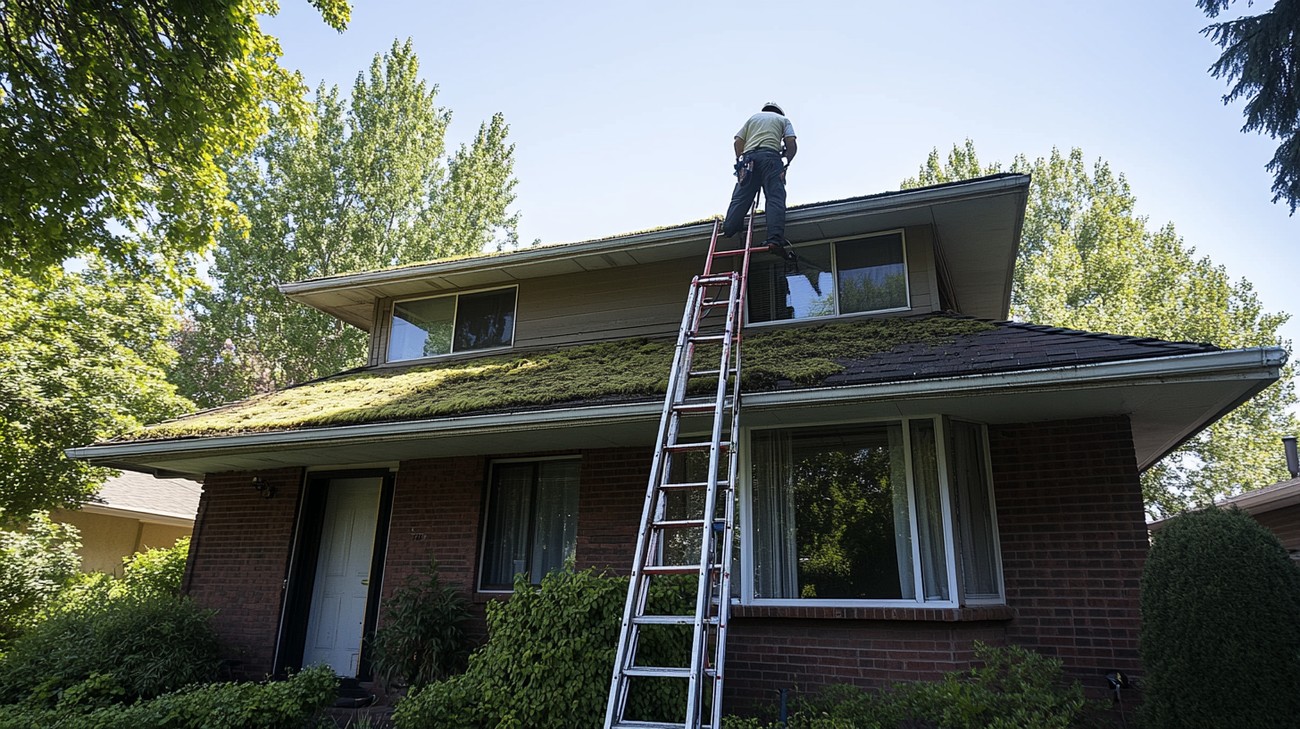
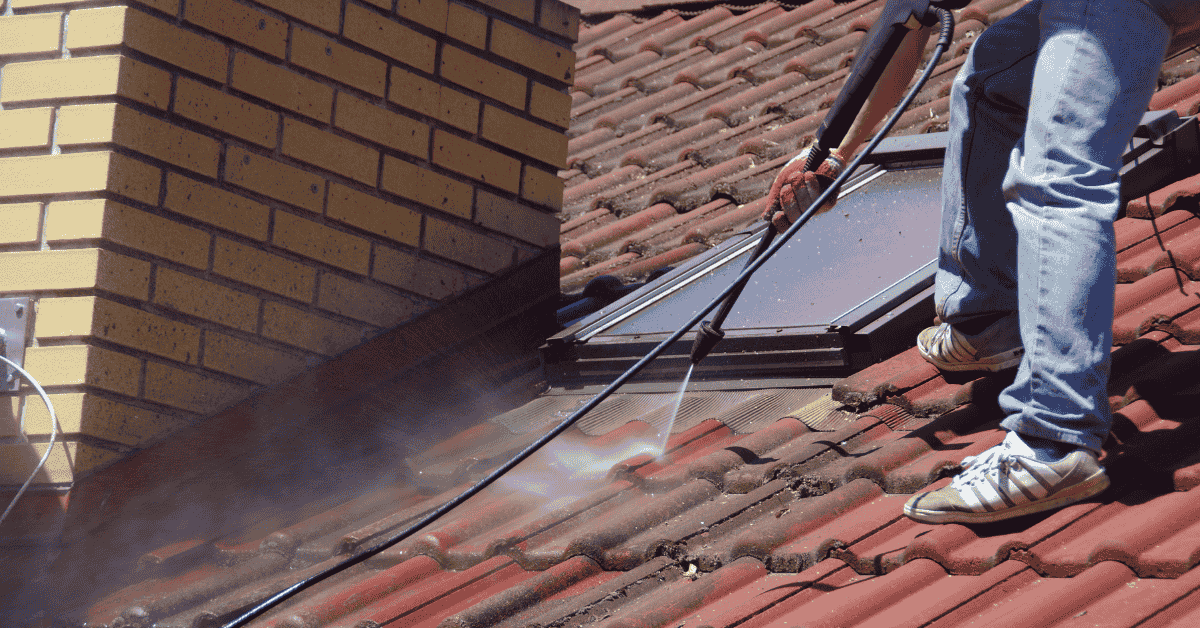
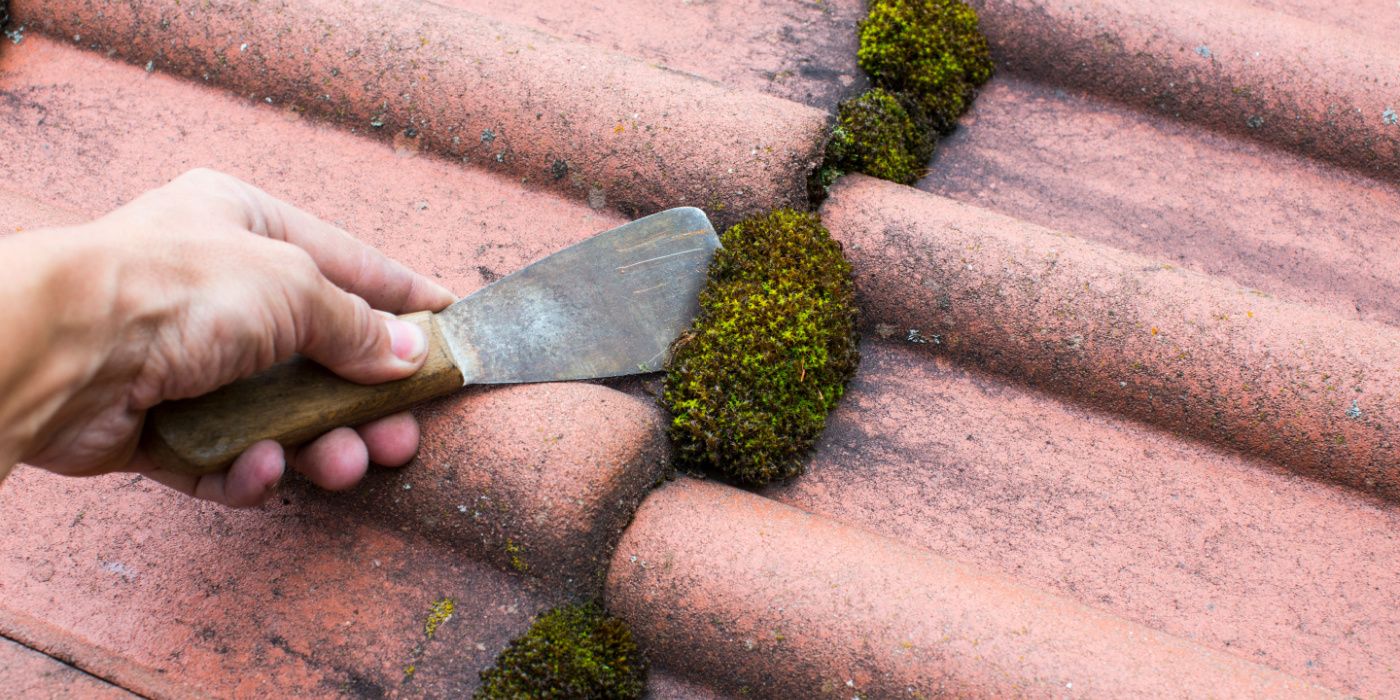
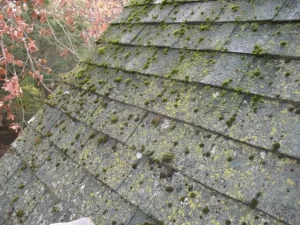 Moisture is the primary factor contributing to moss growth on roofs. Moss thrives in damp environments, absorbing and retaining water, which allows it to spread rapidly. Areas with frequent rainfall, high humidity, or persistent fog create ideal conditions for moss to establish itself. Additionally, roofs shaded by trees or structures remain damp for extended periods, further encouraging moss proliferation.
Moisture is the primary factor contributing to moss growth on roofs. Moss thrives in damp environments, absorbing and retaining water, which allows it to spread rapidly. Areas with frequent rainfall, high humidity, or persistent fog create ideal conditions for moss to establish itself. Additionally, roofs shaded by trees or structures remain damp for extended periods, further encouraging moss proliferation.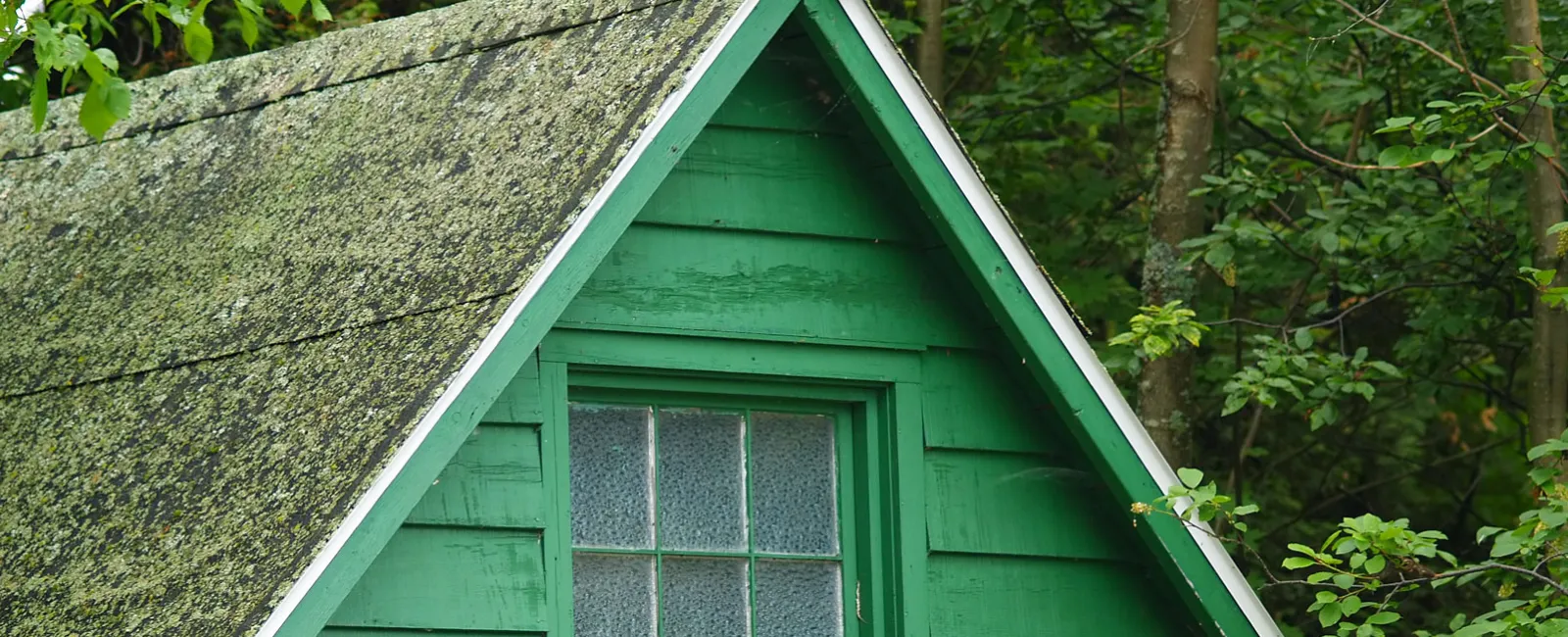
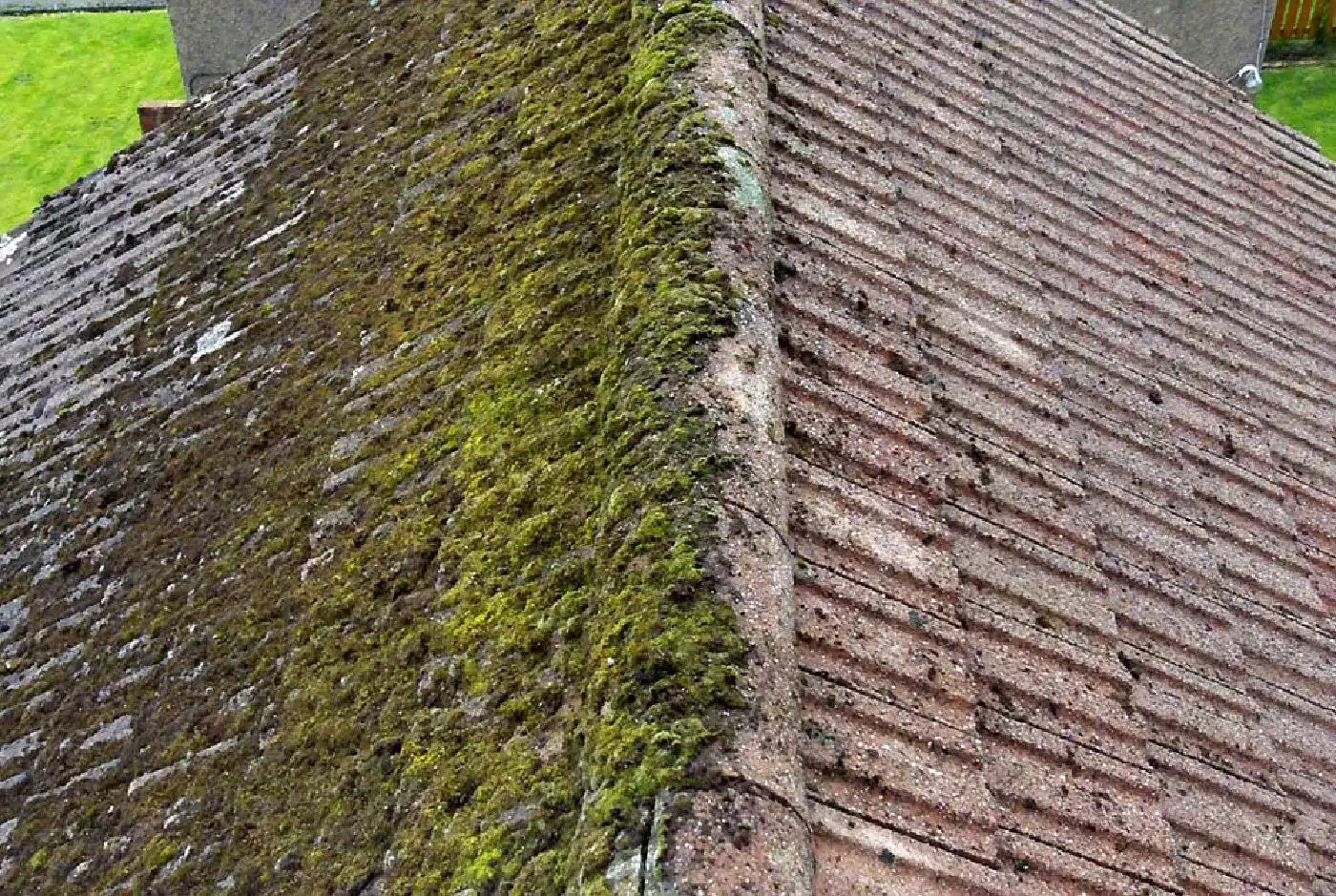
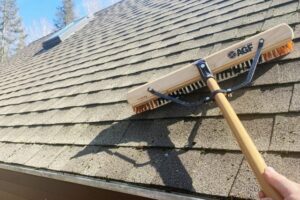 Moss growth on a roof can accelerate the deterioration of roofing materials, which, in turn, creates new opportunities for pests to enter a home. As moss spreads, it forces its way into small cracks and gaps in shingles, loosening them over time. These weakened areas become prime entry points for insects and small animals.
Moss growth on a roof can accelerate the deterioration of roofing materials, which, in turn, creates new opportunities for pests to enter a home. As moss spreads, it forces its way into small cracks and gaps in shingles, loosening them over time. These weakened areas become prime entry points for insects and small animals.